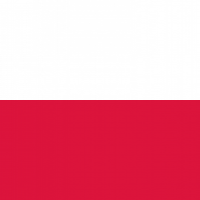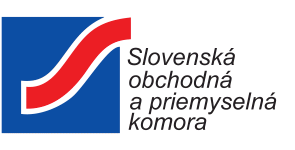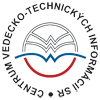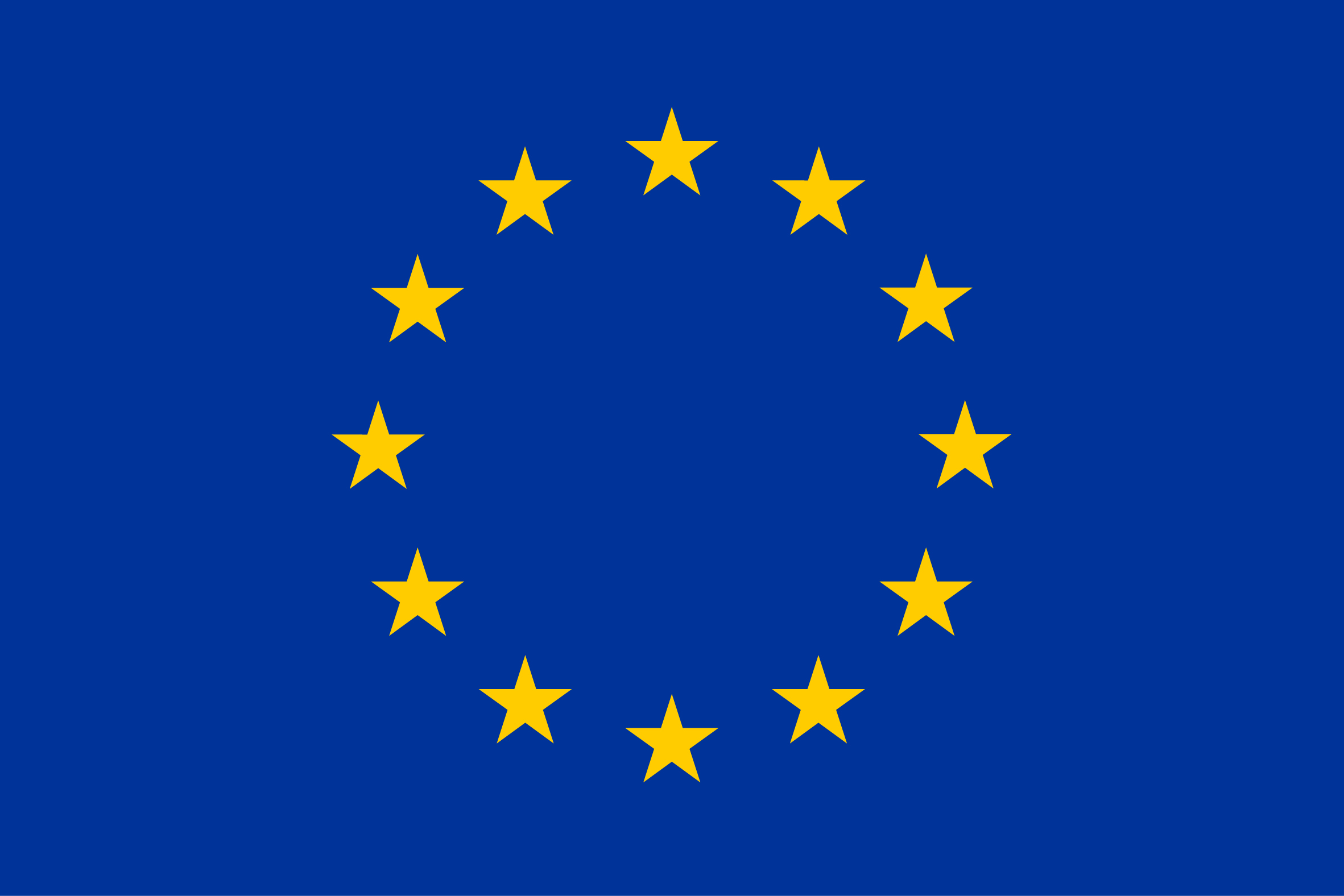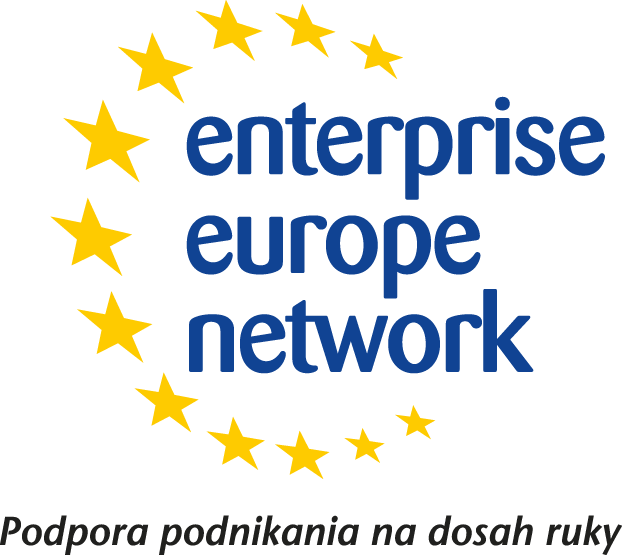Summary:
A leading Polish medical university has developed an innovative fluorescent dye for visualization of biological samples which is characterized by a wider range of applications in the examination of such samples than other dyes available. The university is now looking for foreign licensees that are willing to obtain IP rights to this formula and introduce it to the market.
Description:
A leading Polish medical university has designed a dye from the Safirinium-Q family, which is an organic chemical compound for visualization of biological samples, in particular the stratum corneum of the epidermis, dedicated to the biomedical and cosmetic sectors and used to conduct R&D works regarding new active substances and diagnostic tests of skin layers.
The compound is useful in fluorescent and confocal microscopy, providing unique information related, inter alia, to:
- identification of building structures of the stratum corneum of epidermis i.e. corneocytes and lipid matrix surrounding them;
- evaluation of the capacity of stratum corneum of epidermis’ penetration by xenobiotics, including therapeutic substances and their penetration into the deeper layers of the skin (epidermis and dermis);
- identification of ways of transport of substances to the skin, including through transfollicular through hair follicle, sebaceous gland and sweat gland and transepidermal, perpendicular to the corneocyte cells and the lipid matrix, as well as through the lipid matrix and canyons surrounding the corneocytes groups (so called clusters);
- knowing the mechanisms of loss of skin barrier features under the action of different substances;
- the study of interaction between the substances with the building components of the skin;
- assessment of the qualitative condition of hair (dyeing of keratin protein);
- diagnostics of skin diseases;
- comparative analysis of disorder or improvement of the structure of stratum corneum of epidermis under the influence of medicinal or beauty formulations applied on the skin.
The new dye is characterized by the amphiphilic properties with a predominance of lipophilic properties. The nature of the compound, causes the dye to have a high affinity on the one hand to the lipophilic and hydrophobic and hydrophilic structures, and on the other, to lyofophobic and hydrophilic ones, thus it is characterized by a wider range of applications in the examination of biological samples in comparison to fluorescent dyes available currently on the market. Fluorescent dyes from the Safirinium-P and Safirinium-Q families have been already applied particularly in the biomedical industry for marking of bacterial spores, and in studies of protein hydrolysates.
A modification targeted within the structure of Safirinium chromophore and optimization of chemical synthesis have led to developing the innovative and economical manufacturing method of fluorescent dye based on the fluorogenic reaction, by the use of the isoxazole-structured substrates.
The technology of their production was disclosed in the patent and it is the subject of technological offer. This product is on a TRL-VIII level and is protected by a registered European patent.
The university is offering to sell license/IP rights for the new, universal fluorescent dye from Safirinium-Q family and dye production technology to a foreign partner.
Type (e.g. company, R&D institution…), field of industry and Role of Partner Sought:
Most suitable partners would be companies from Life Science sector with experience in carrying research and development works as well as in implementation of medicinal products on local and international markets in order to license IP rights to this product and finally introduce it on the market.
Stage of Development:
Field tested/evaluated
IPR Status:
Patents granted
External code:
TOPL20211020001
